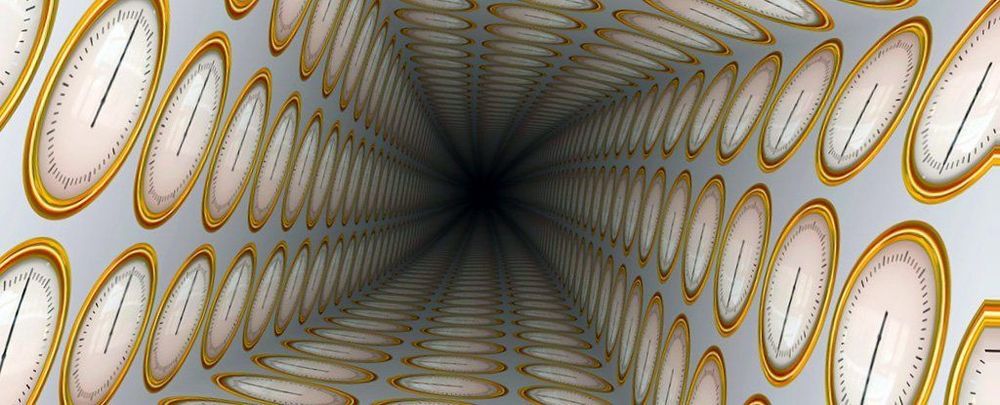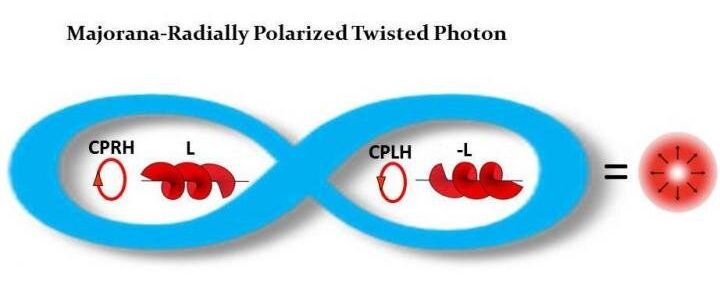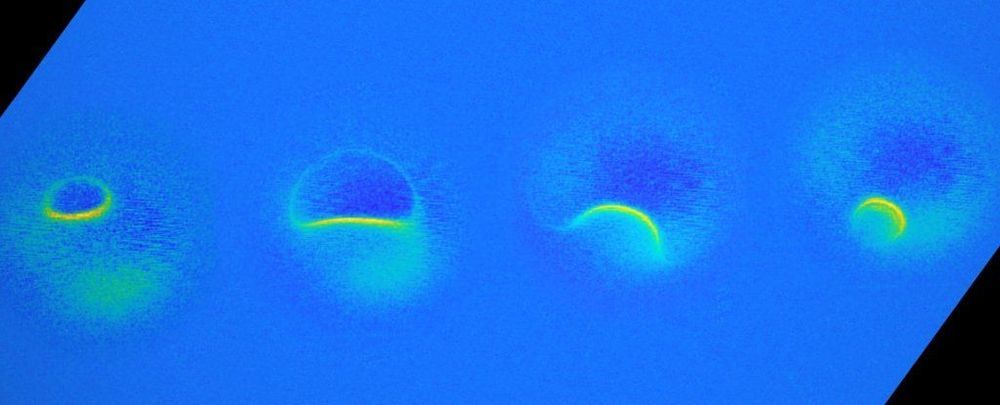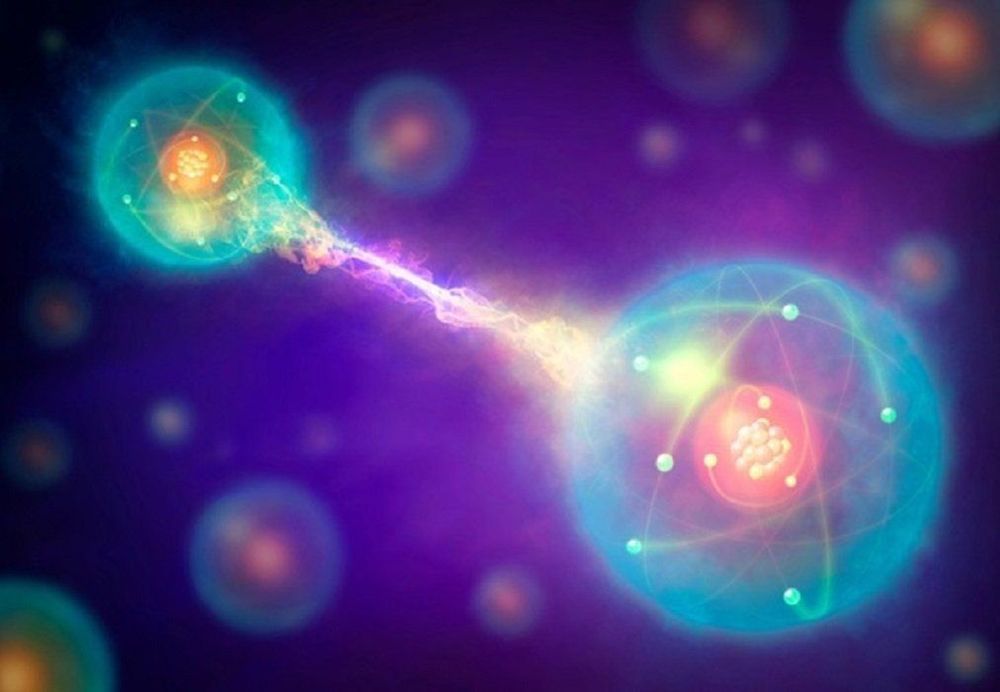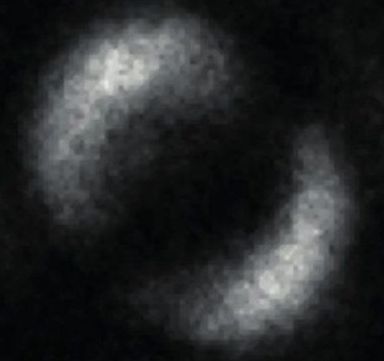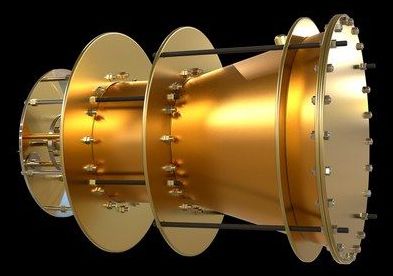
Spaceflight is hard. Blasting heavy cargo, spacecraft, and maybe people to respectable speeds over interplanetary distances requires an amount of propellant too massive for current rockets to haul into the void. That is, unless you have an engine that can generate thrust without fuel.
It sounds impossible, but scientists at NASA’s Eagleworks Laboratories have been building and testing just such a thing. Called an EmDrive, the physics-defying contraption ostensibly produces thrust simply by bouncing microwaves around inside a closed, cone-shaped cavity, no fuel required.
The device last made headlines in late 2016 when a leaked study reported the results of the latest round of NASA testing. Now, independent researchers in Germany have built their own EmDrive, with the goal of testing innovative propulsion concepts and determining whether their seeming success is real or an artifact.


